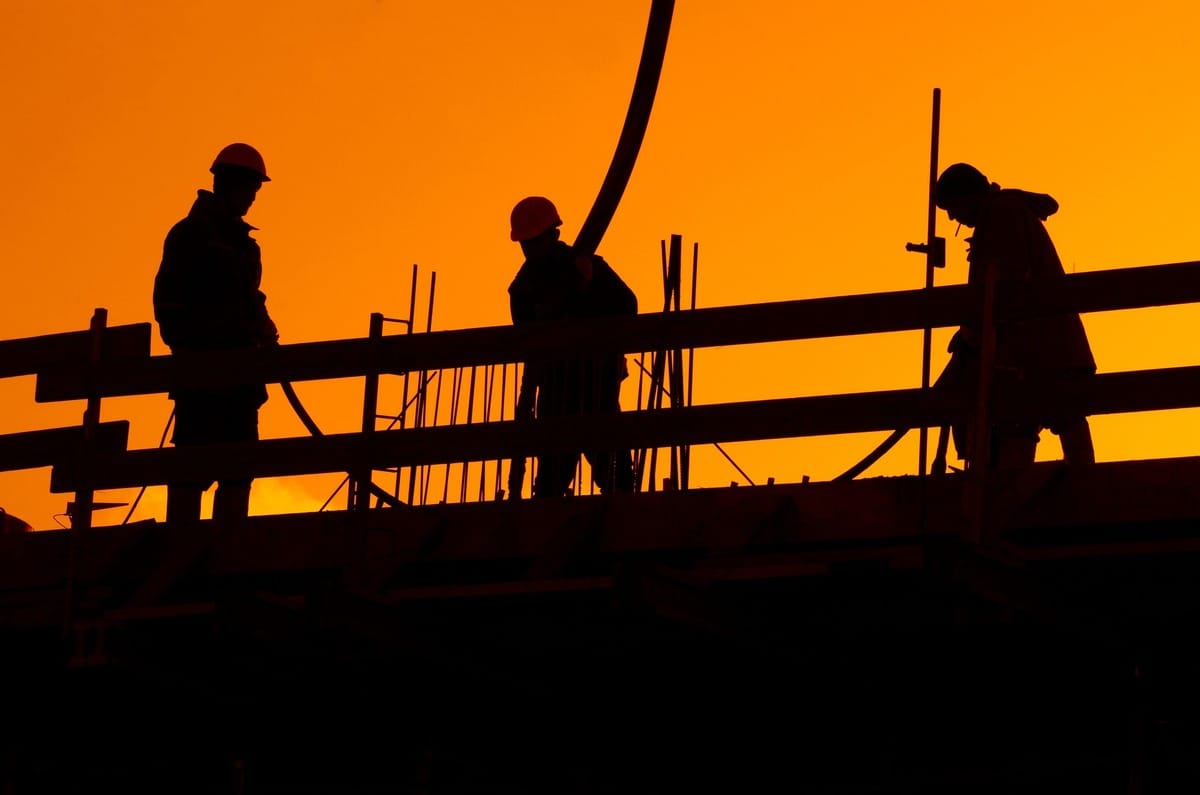- Full Brim Safety
- Posts
- The Basics of Ladder Safety - When and Why Falls Happen
The Basics of Ladder Safety - When and Why Falls Happen
Full Brim Safety: Build Smart, Build Safe

The Basics of Ladder Safety - When and Why Falls Happen
Welcome back, let's Build Smart & Build Safe! This week, we're climbing into a topic that affects nearly every construction worker, every single day: Ladder Safety. Ladders are fundamental tools for reaching elevated work areas, but their frequent misuse makes them a leading cause of preventable falls and serious injuries on the job site.
Why are Ladder Falls So Common?
It might seem simple to use a ladder, but complacency and common errors lead to far too many accidents. Ladder-related falls can happen due to:
Improper Ladder Selection: Using the wrong type, length, or duty rating for the job.
Incorrect Setup: Placing the ladder on an unstable surface, at the wrong angle, or failing to secure it.
Improper Use: Overreaching, carrying too much weight, standing on the wrong rungs, or losing balance.
Poor Ladder Condition: Using a ladder that is damaged, broken, or not properly maintained.
The statistics are sobering. Ladder falls account for a significant percentage of all fall-related injuries and fatalities in construction. These aren't just minor tumbles; they often result in broken bones, head injuries, and even permanent disability or death.
Understanding Common Ladder Types:
While all ladders help us reach new heights, knowing the basic types helps us understand their specific uses and limitations:
Step Ladders: Self-supporting ladders, usually A-shaped. Designed for tasks where there's no solid vertical support to lean against. Never stand on the top cap or the pail shelf.
Extension Ladders: Non-self-supporting ladders that can be adjusted to different lengths. They must be leaned against a stable surface.
Fixed Ladders: Permanently attached to a structure (e.g., sides of buildings, tanks). Often require specific fall protection systems as height increases.
The "Right Ladder for the Job" Principle:
This is the golden rule of ladder safety. Before you even think about climbing, ask yourself:
Is this the right type of ladder? (e.g., not an extension ladder when a stepladder is needed, or vice-versa).
Is it the right length? (Can it safely reach my work area?)
Is it strong enough? (Can it support me, my tools, and materials?)
Choosing the wrong ladder is a safety violation waiting to happen. Tomorrow, we'll dive deeper into how to select the perfect ladder and what to inspect every time before you use it.
Don't forget to sign your friends up for Full Brim Safety for your daily dose of construction safety tips!
-The Safety Man
